Introduction
Vinyl records are making a sensational comeback, captivating music lovers of every generation. The tactile nature of handling vinyl records, admiring the cool cover art, and experiencing the unique sound that only vinyl can offer creates a connection with the music that is difficult to replicate with digital formats.
Old vinyl records carry a certain charm that transcends time, immersing listeners in the world of music from bygone eras.
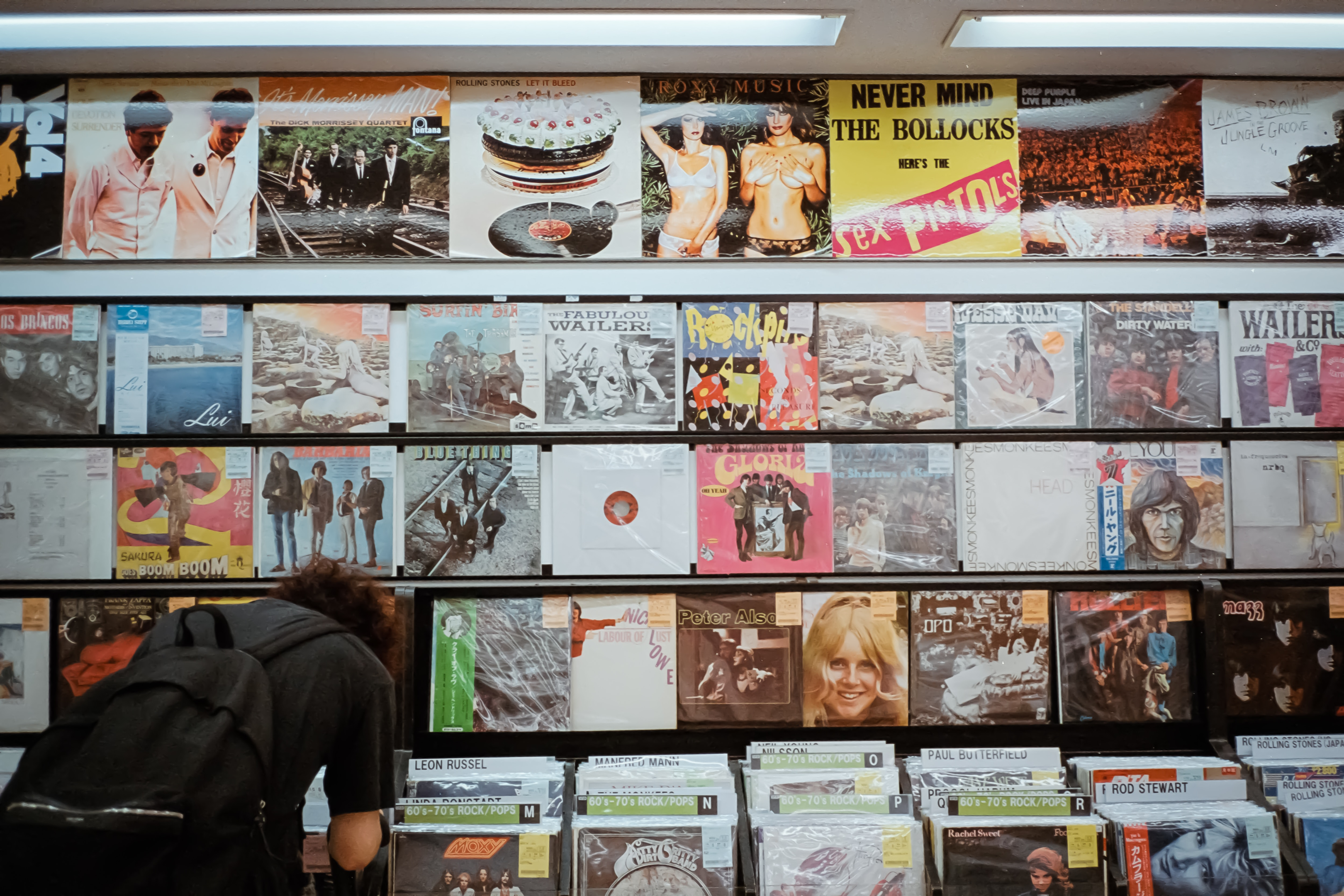
This revival can be attributed to several factors, including the desire for a more authentic and tangible listening experience, the appreciation of analog sound quality, and the collector's appeal of owning physical copies of albums.
The rich history of vinyl records spans over a century, with numerous innovations and technological advancements shaping the medium into what we know today. From the early days of phonographs and shellac discs to the development of the long-playing (LP) record and the advent of stereo sound, vinyl records have played a pivotal role in the evolution of recorded music.
In this article, we will delve into the importance of restoring old records, providing tips on how to preserve your treasured collection, and exploring the cultural significance of vinyl records. By understanding the history and value of these cherished items, collectors, and enthusiasts can better appreciate the unique qualities that make vinyl records a timeless medium for enjoying music.
The Value of Collectible Records
Embark on an enthralling journey into the captivating realm of vinyl collecting, where music, memories, and value intertwine. For casual enthusiasts and collectors alike, unraveling the mysteries behind the worth of these cherished relics is a fascinating pursuit.
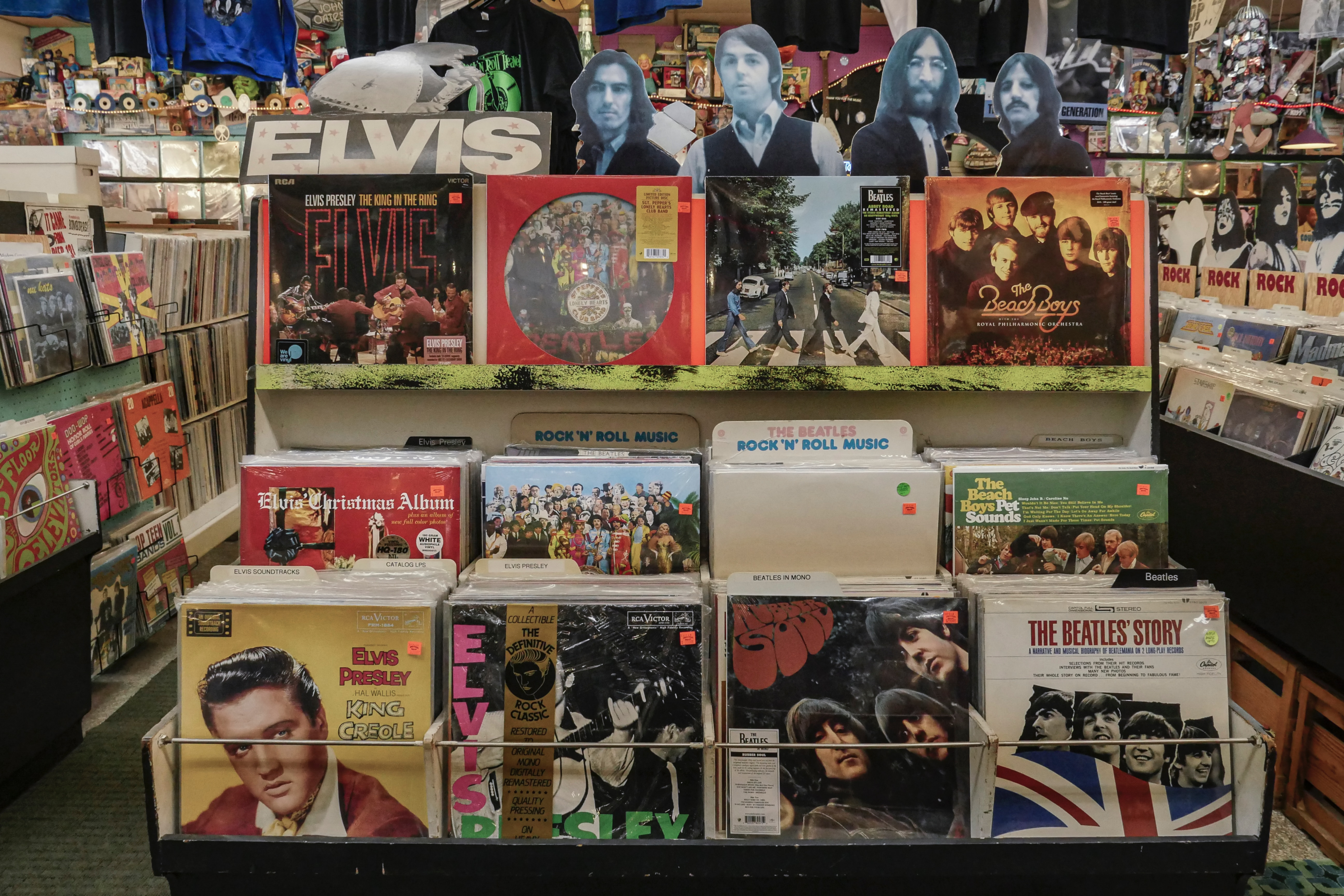
With a seemingly infinite array of genres, artists, and eras to explore, the quest for prized vinyl gems promises endless excitement and intrigue, as rarity, condition, and cultural significance weave together to determine their ultimate value.
Iconic artists like The Rolling Stones, Led Zeppelin, and Elvis Presley have produced albums that are highly sought after due to their enduring popularity and influence on music history. The value of these records can vary significantly based on several factors, including the record company (e.g., Columbia Records), the release's original pressing, and the album cover's condition.
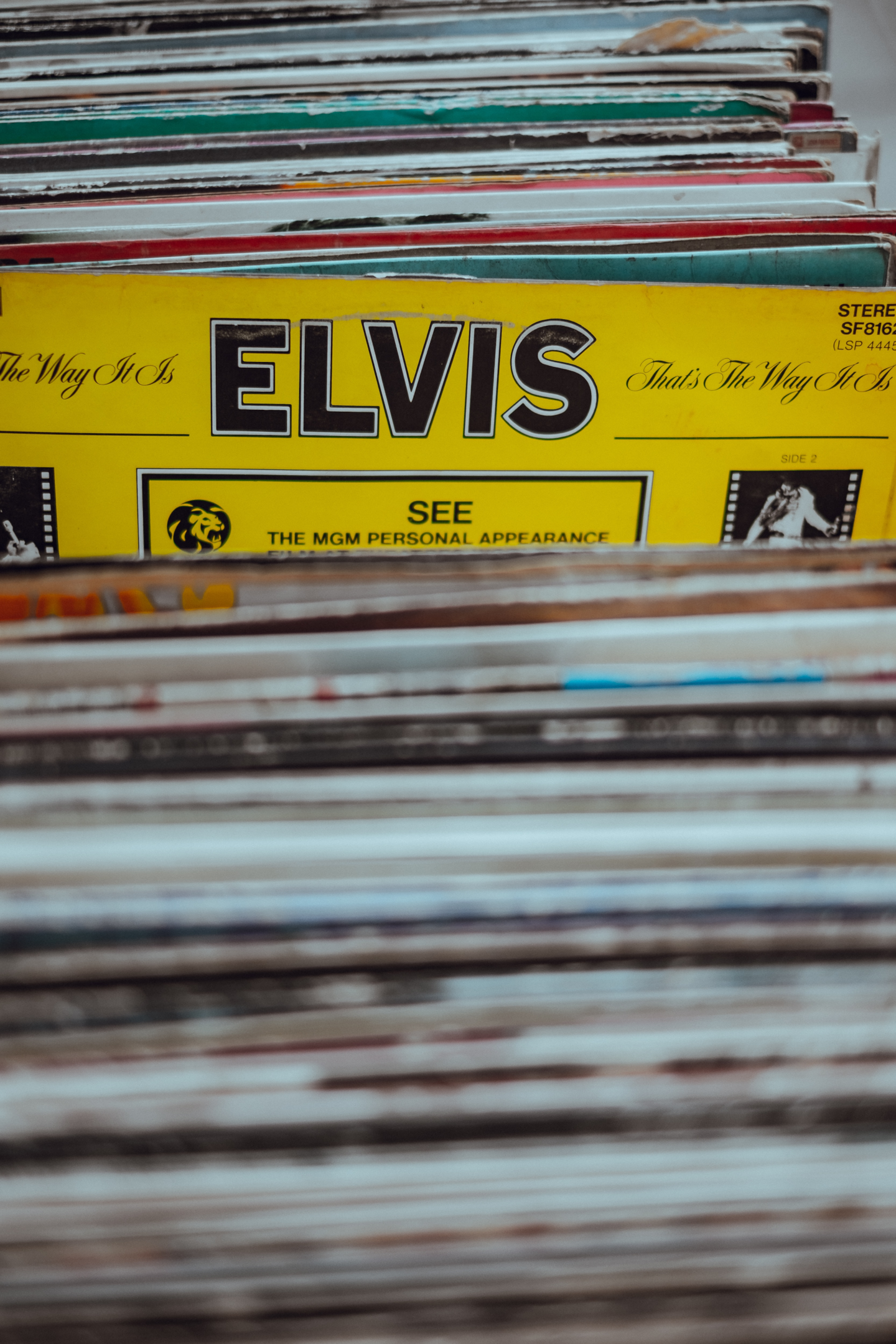
The record company responsible for producing an album can affect its value, as some labels and albums are more highly regarded or collectible than others.
The album cover's condition plays a significant role in a record's value, as it contributes to the overall presentation and appeal of the item. An album with a pristine cover, complete with any original inserts or posters, will generally be more valuable than one with noticeable wear or damage.
Some collectors seek out rare or alternate cover art, which can further increase the value of a particular record.
Apart from these factors, other elements can impact a vinyl record's value, such as its rarity, the presence of autographs or signatures, limited edition releases, and the record's overall historical significance.
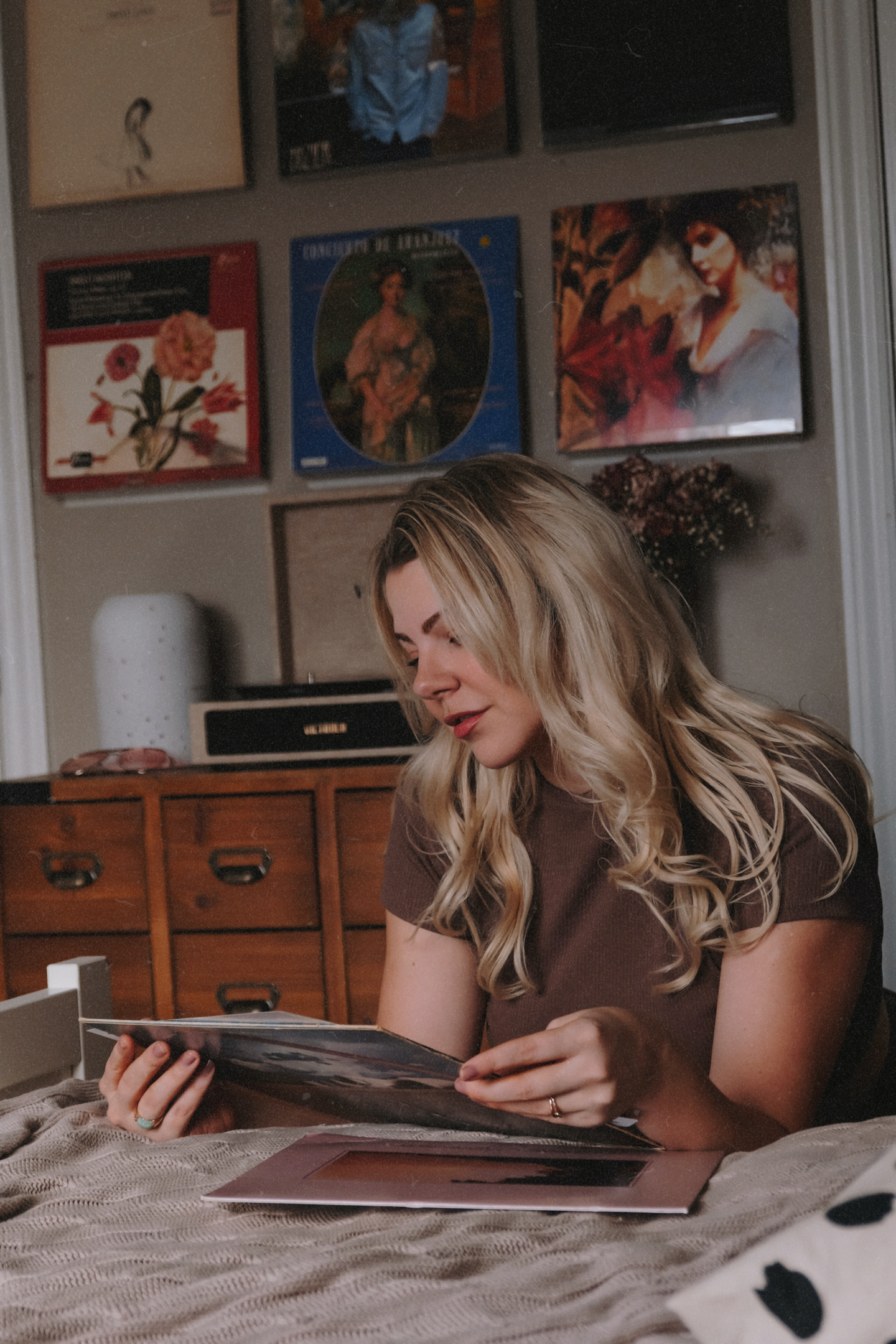
By understanding these various factors, collectors can make informed decisions when acquiring new records and better appreciate the value of their existing collection.
Understanding Old Vinyl Records
Vinyl records have a rich history, dating back to the first records produced in the early 20th century. The development of recorded music began with Thomas Edison's invention of the phonograph in 1877, which initially used wax cylinders to capture sound.
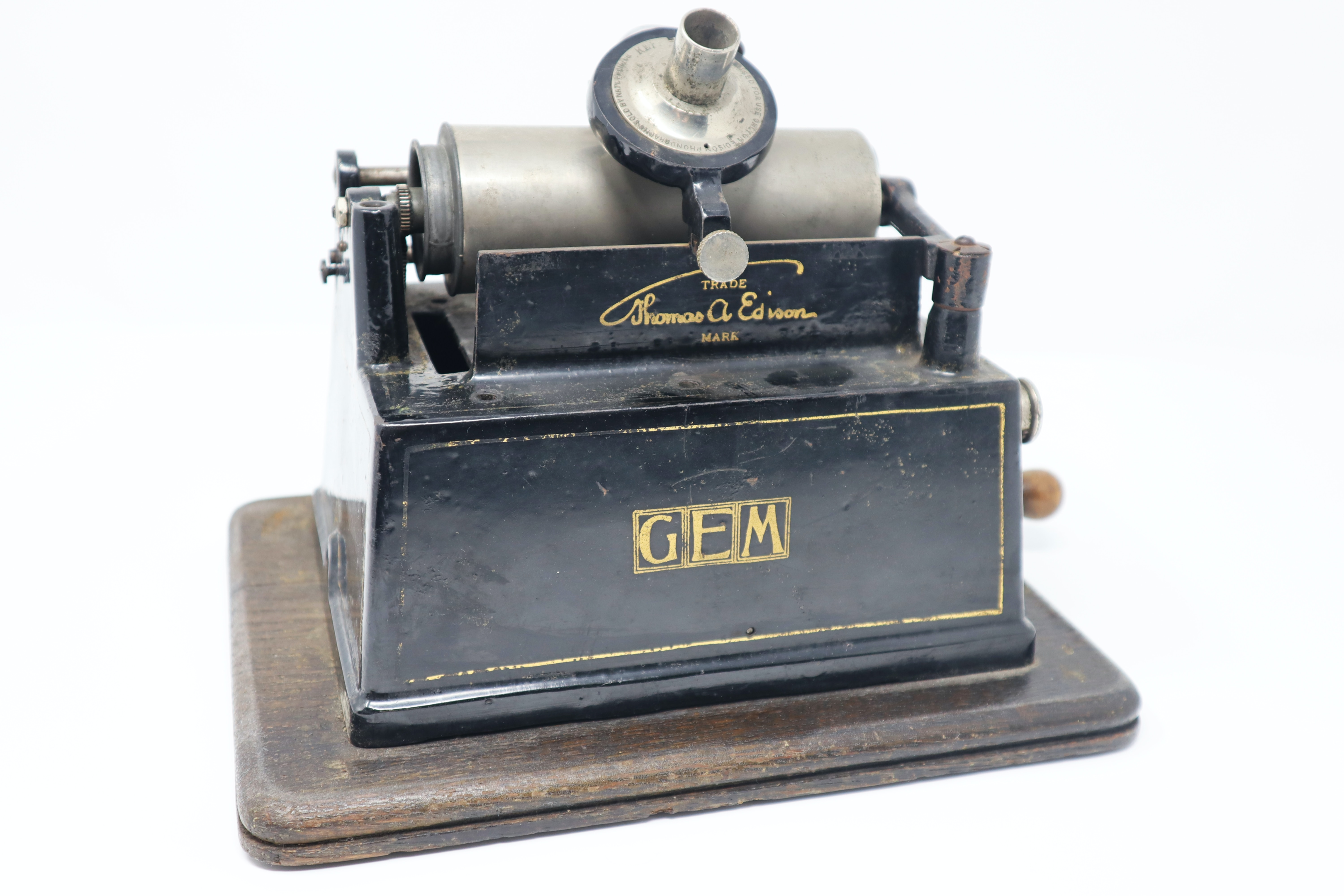
Over time, various formats and materials were introduced, eventually leading to the creation of vinyl records, including 78 RPM (rotations per minute) shellac discs, 33 1/3 RPM long-playing (LP) records, and 45 RPM singles. Record companies experimented with different materials, sizes, and playback speeds, eventually settling on the 33 1/3 RPM LP as the standard format for albums.
The introduction of stereo versions of songs further revolutionized the listening experience, offering a more immersive and dynamic sound.
The advent of long-playing (LP) records in the late 1940s revolutionized the music industry, enabling longer pieces of music to be recorded on a single disc. This development was particularly beneficial for classical music, as symphonies and operas could now be enjoyed without interruption.
The improved audio fidelity and dynamic range of LP records also enhanced the nuances and subtleties of classical compositions, further contributing to their appeal.
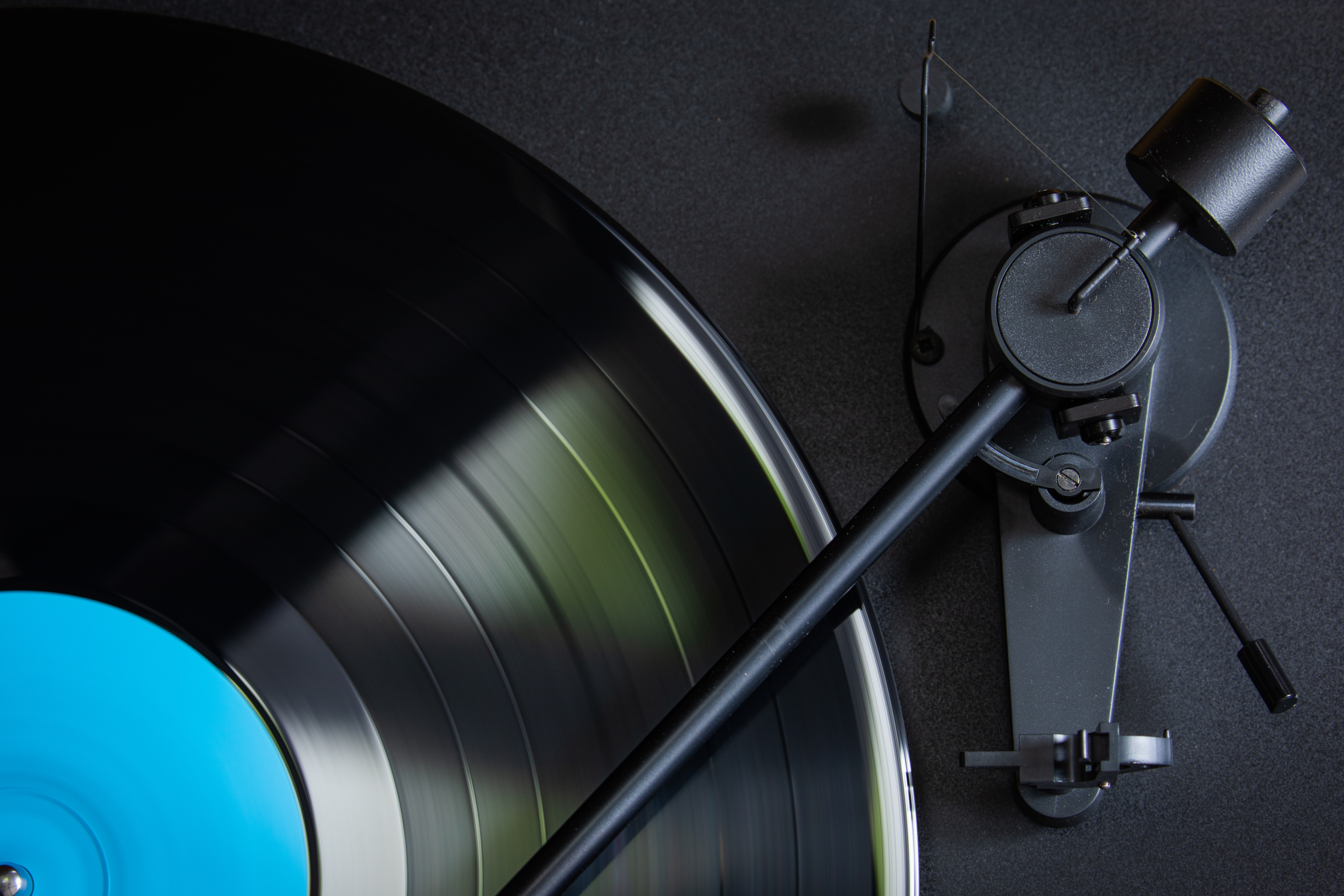
Classical music played a significant role in the popularity of vinyl records, with many albums released by renowned composers and orchestras.
Vinyl records have been integral to the development and dissemination of various music genres, including jazz, blues, rock, and pop. The cultural significance of vinyl records extends beyond their monetary value, as they represent a tangible connection to the history of music and the artists who have shaped it.
By understanding the historical context and artistic importance of vinyl records, collectors can better appreciate their unique qualities and the role they have played in shaping our musical landscape.
This appreciation can further enhance the enjoyment of listening to these timeless recordings and preserving them for future generations to discover, listen to and cherish.
The Art of Collecting Vinyl Records
Collecting vinyl records can be an enjoyable hobby, allowing you to discover new music and appreciate vintage releases. Start your collection by searching for affordable records at local stores, online platforms like eBay, or through friends' recommendations.
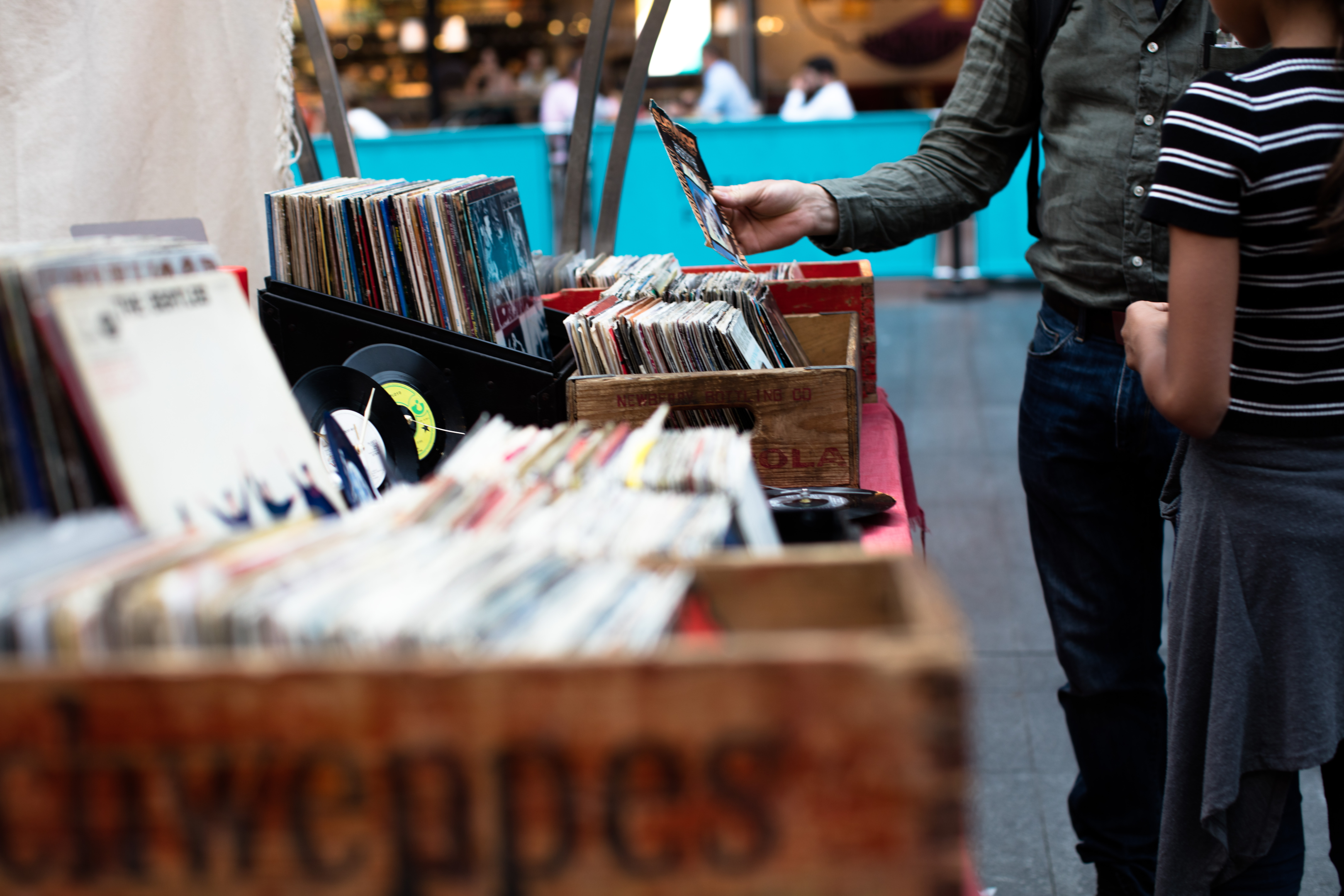
Keep an eye out for new releases, as well as original copies of classic albums from artists like The Beatles and Robert Johnson.
Attending record fairs, visiting second-hand shops, and connecting with other collectors can help you uncover hidden gems and expand your collection. Networking with fellow enthusiasts can also provide valuable insights into the world of vinyl records, including tips on finding rare items, preserving your collection, and staying updated on new releases and reissues.
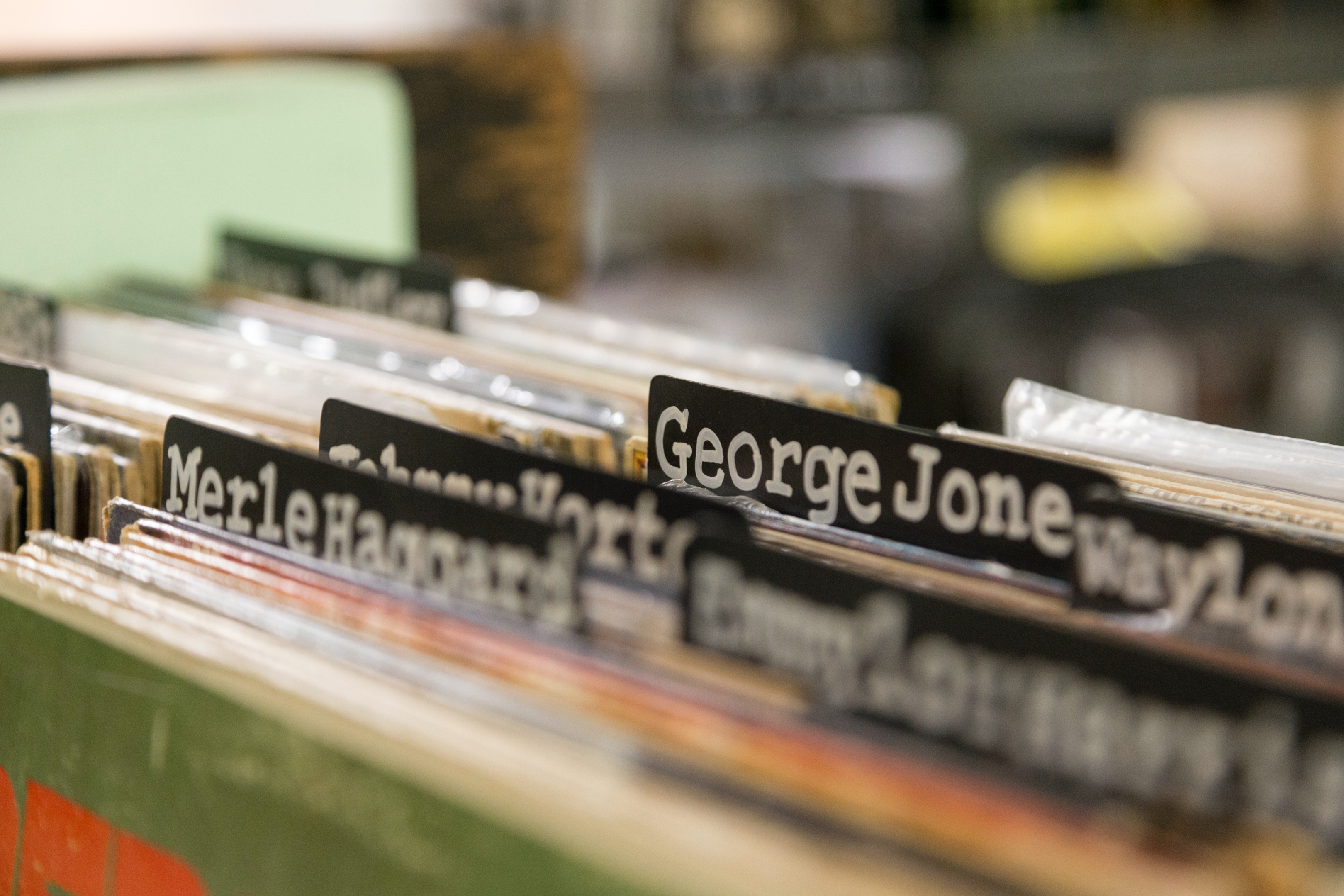
Assessing the Condition of Old Vinyl Records
When assessing records, consider factors like surface noise, skips, and the overall playback experience. A record that looks visually pristine but has significant playback issues may be less valuable than one with minor cosmetic flaws but excellent sound quality.
Identify common issues such as scratches, warps, and damage to the album cover, which can affect a record's value and playability.

The condition of the album cover and any included inserts, labels, or posters can impact a record's desirability and value.
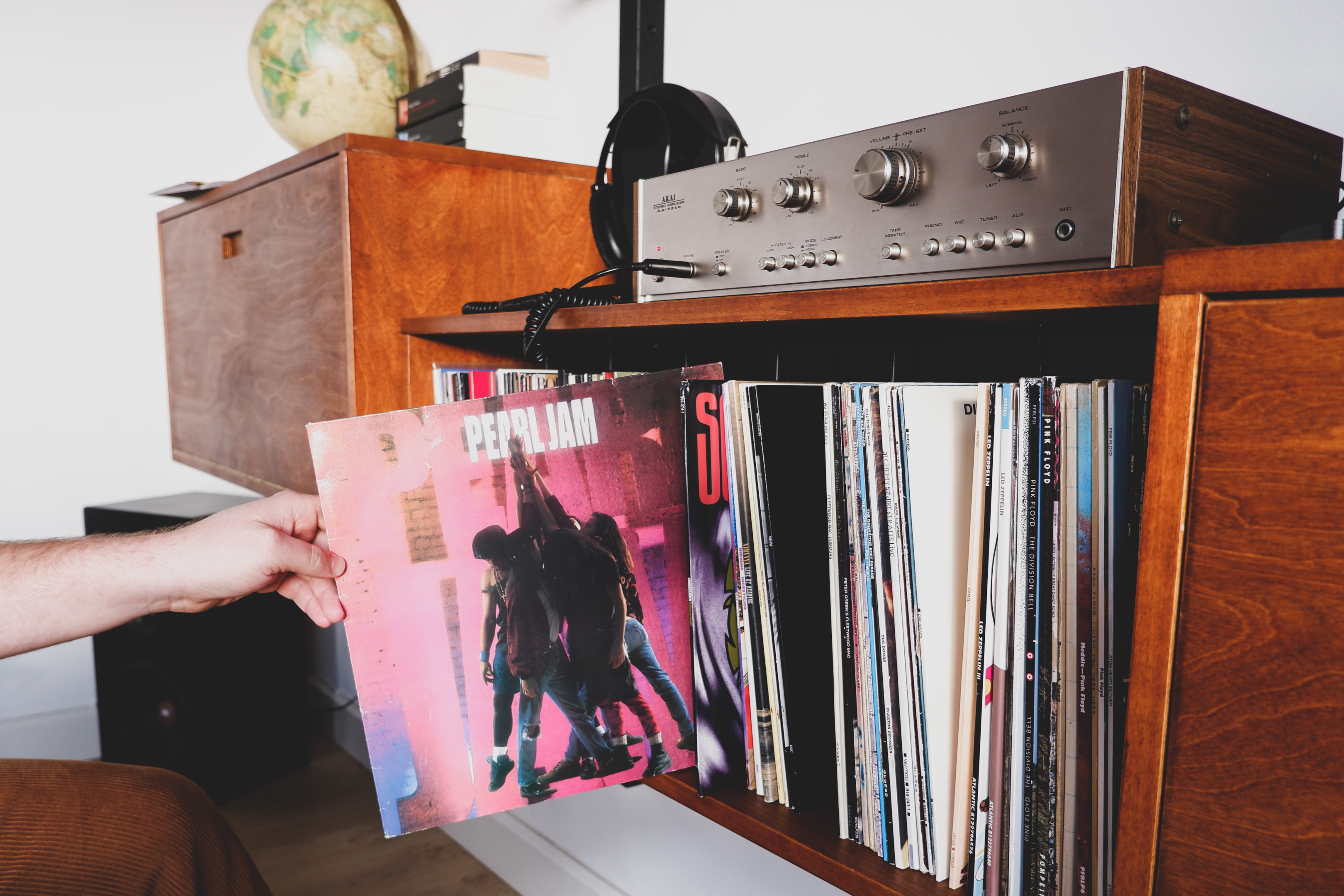
Cleaning Old Vinyl Records
Cleaning your old records is essential to preserving their sound quality and longevity. Prepare your workspace with appropriate cleaning solutions, brushes, and cloths.
Use proper techniques for cleaning vinyl records, such as gentle circular motions and avoiding excessive pressure. Choose between DIY cleaning solutions or commercial cleaning products based on your preferences and budget.
For a simple DIY cleaning solution, mix equal parts distilled water and isopropyl alcohol, with a few drops of mild dish soap. Gently apply the solution to the record surface using a soft brush or lint-free cloth. Rinse the record with distilled water to remove any residue and allow it to air dry before playing or storing.
Also check out: Keep your vinyl records sounding their best! Learn the essential tips and tricks for cleaning vinyl records to maintain their pristine condition and ensure a flawless listening experience.
Essential Tools and Supplies for Vinyl Record Restoration
Invest in essential tools and supplies for vinyl record restoration, including cleaning solutions, brushes, cloths, and a turntable with speakers for testing. These items will help you maintain the quality of your collection and ensure that your old records continue to provide an enjoyable listening experience.
A quality record-cleaning brush is an essential tool for any collector. Opt for brushes with soft bristles, such as carbon fiber or velvet, which can effectively remove dust and debris without damaging the delicate grooves of your vinyl. A stylus brush can also be beneficial for cleaning the needle on your turntable, ensuring optimal playback and minimizing wear on your records.
Repairing Scratches and Scuffs on Vinyl Records
Identify the severity of scratches on your records, using techniques like rubbing a fingertip gently across the surface to feel for damages. Repair minor scratches using specialized tools or seek professional help for deep scratches that may affect playability.
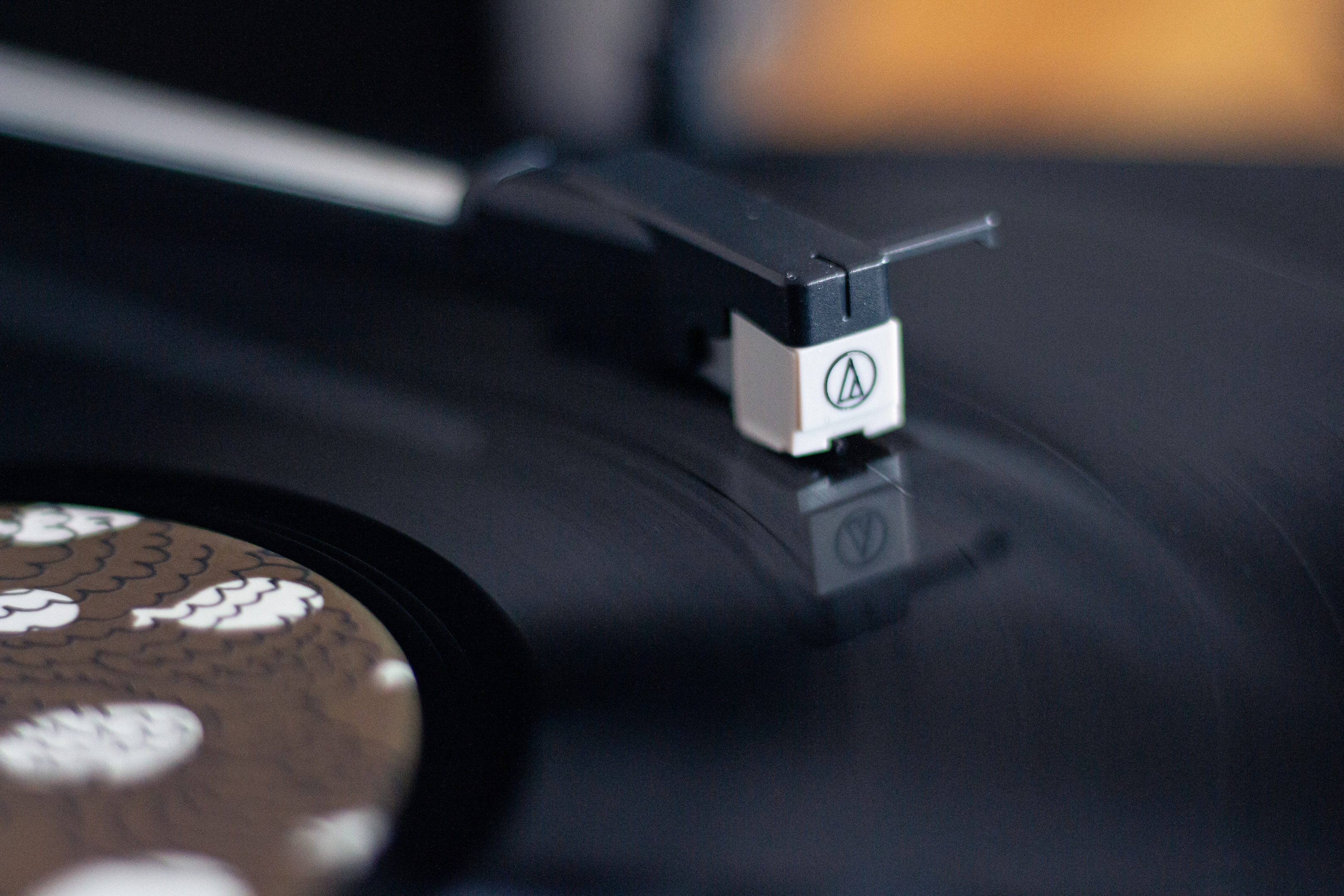
Deep scratches may require more advanced techniques or professional intervention. In some cases, it may be more cost-effective to replace a severely damaged record with a new copy rather than attempting repairs.
Fixing Warped Vinyl Records
Warped records can result from improper storage or exposure to heat. Flatten warped records using techniques like sandwiching the vinyl between two sheets of glass and applying gentle heat. Prevent future warping by storing your records correctly and avoiding temperature fluctuations.
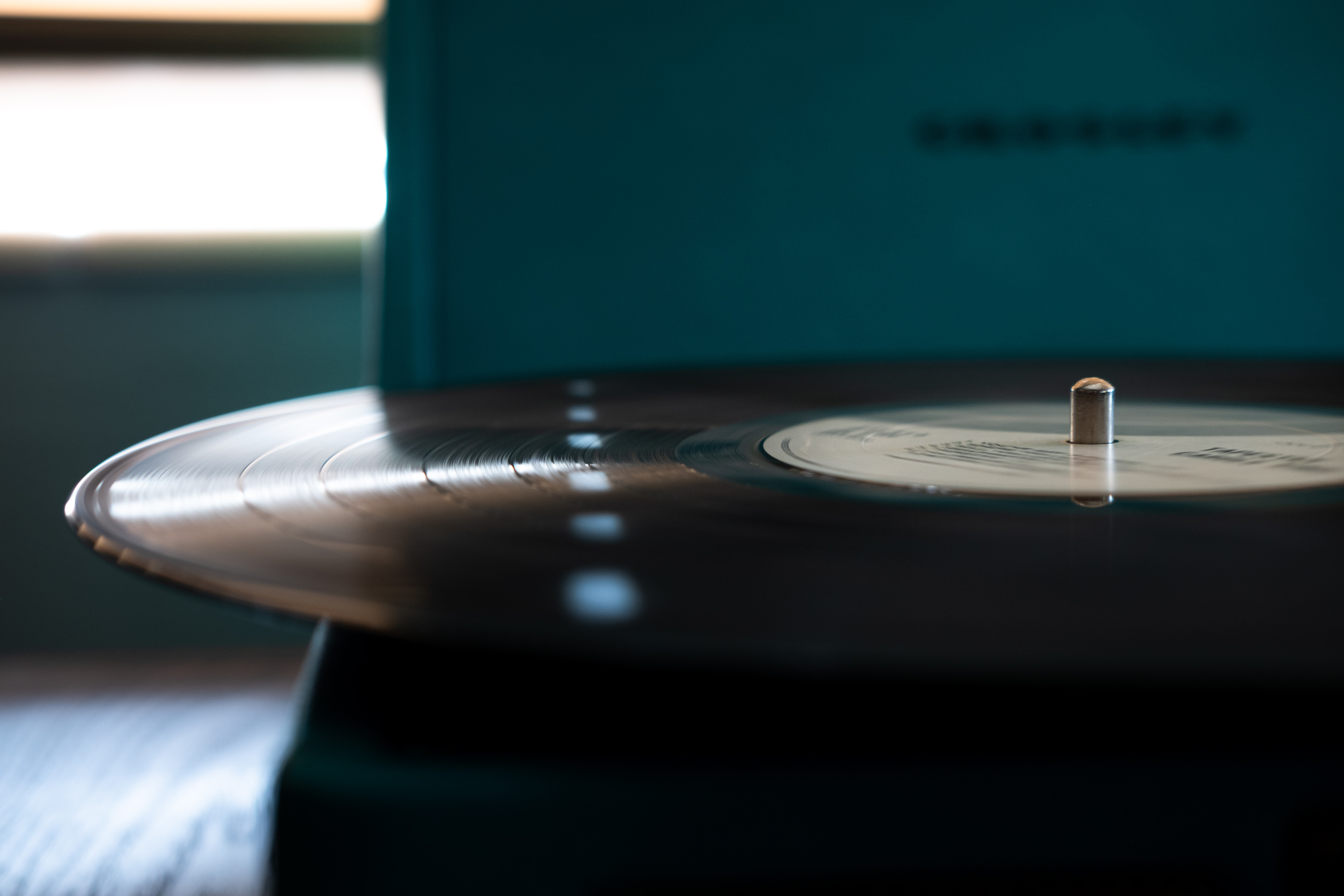
When attempting to flatten a warped record, exercise caution and patience. Applying too much heat or pressure can cause further damage or render the record unplayable. If you're unsure about how to proceed, consult with experienced collectors or professionals for guidance.
Restoring Album Covers and Sleeves
Preserving the value and appearance of your collectible records is essential for maintaining their desirability among collectors and ensuring that they remain in optimal condition for listening. Album covers, in particular, require proper care and attention, as they serve not only as a protective layer for the vinyl but also as an integral part of the album's visual appeal.

By cleaning album covers, repairing damaged corners and edges, and replacing worn-out inner sleeves, you can protect your vinyl records and enhance their overall presentation.
To clean album covers, begin by gently brushing away any surface dust and debris with a soft brush or cloth. For more stubborn dirt or stains, use a slightly damp cloth or sponge and apply gentle pressure to avoid damaging the cover art.
Be cautious when using cleaning solutions on album covers, as some chemicals may cause discoloration or damage to the artwork. Test a small, inconspicuous area before applying any cleaning products to the entire cover.
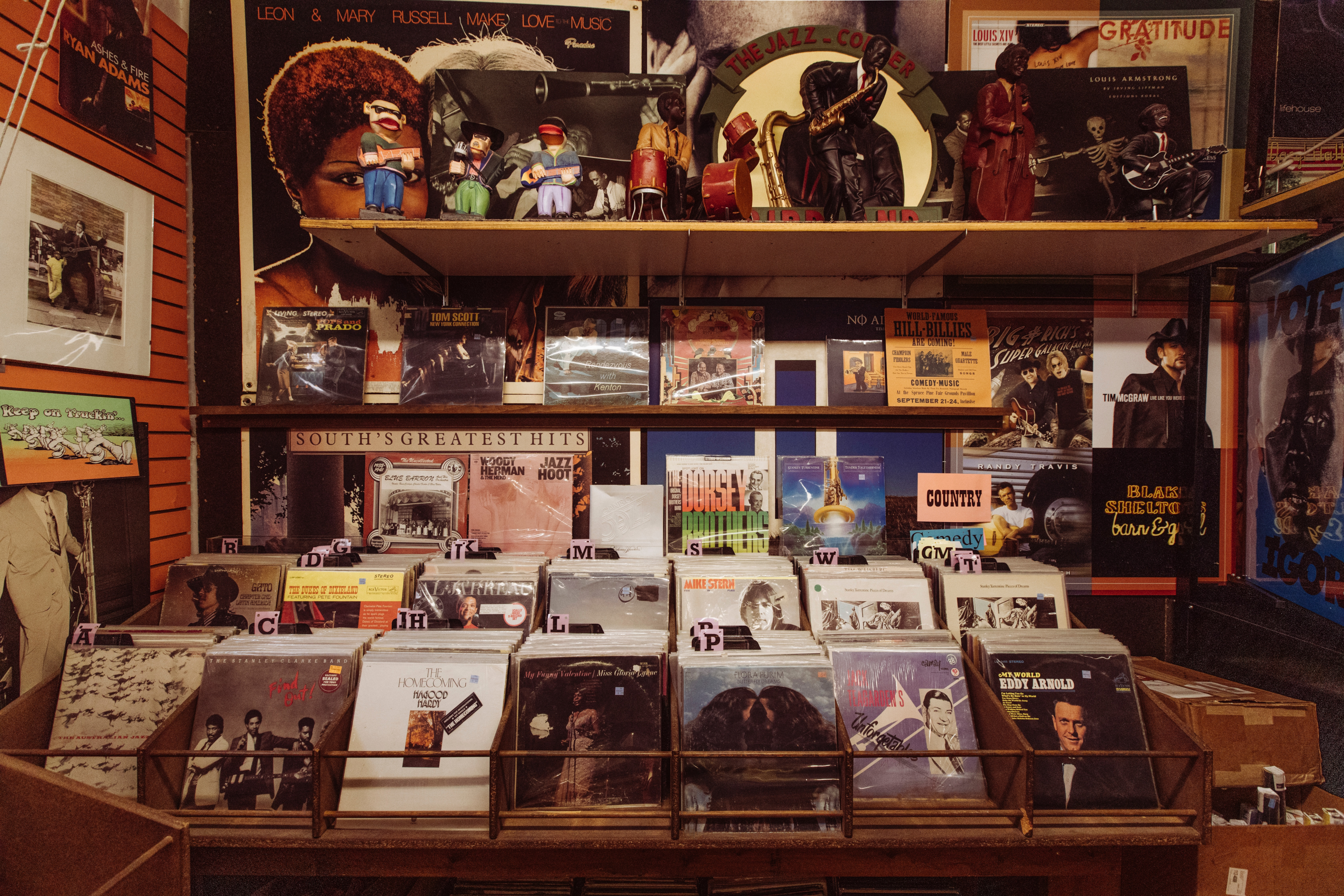
The corners and edges of album covers may become worn or damaged due to handling or storage conditions. To repair these areas, carefully apply clear tape or glue to secure any loose or torn sections. Opt for an acid-free adhesive to prevent any long-term damage to the cover materials.
If a cover is severely damaged, consider investing in a protective outer sleeve to prevent further deterioration and preserve the record's value.
Inner sleeves play a crucial role in protecting vinyl records from dust, scratches, and other potential damage. Worn-out or damaged inner sleeves can compromise the condition of your records, so it's important to replace them as needed.
Choose high-quality, acid-free inner sleeves made from materials like polyethylene or rice paper, which will not react negatively with the vinyl over time. Some collectors prefer to use anti-static inner sleeves to minimize static build-up and reduce dust accumulation on the record surface.
Proper care of album covers and sleeves not only protects your vinyl records but also contributes to their overall presentation, making them more attractive to fellow record collectors and enhancing the enjoyment of listening to these treasured recordings.
By taking these steps to preserve the value and appearance of your collectible records, you can ensure that your collection remains in excellent condition for years to come.
Proper Storage of Vinyl Records
Store your old records vertically and avoid stacking them to prevent warping and damage. Choose storage solutions specifically designed for vinyl records, such as sturdy shelves or specialized storage boxes. Organize, label, and catalog your records to easily locate and enjoy your collection while minimizing the risk of damage.
Exposure to direct sunlight can cause album covers to fade and records to warp. Maintain a climate-controlled environment for your record collection, avoiding extreme temperatures and humidity fluctuations.
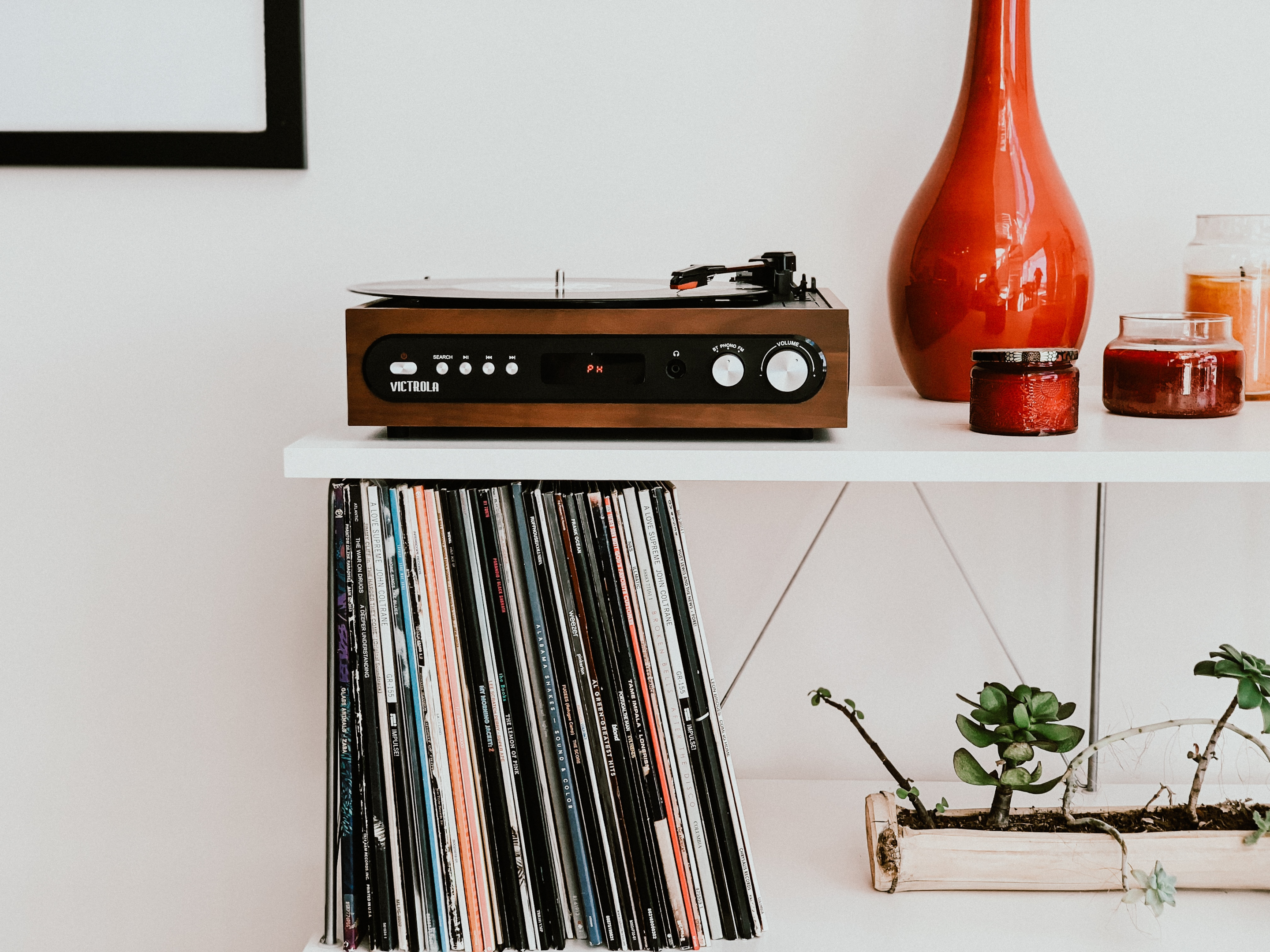
Maintaining Your Vinyl Record Collection
The key to keeping these melodic treasures in tip-top shape lies in striking the perfect harmony between playability and preservation. Embrace the art of gentle handling, letting your clean hands glide effortlessly across the surface without disturbing the delicate grooves. Regular cleaning rituals and mindful storage practices will breathe new life into your cherished collection, ensuring that the enchanting tunes of yesteryear continue to serenade you for years to come.
Immerse yourself in the ultimate audio experience by investing in top-notch turntable and sound equipment that cradles your beloved vinyl collection with precision and care.
Also check out: Curious about how streaming services have influenced the world of vinyl records? Explore the fascinating impact of streaming on vinyl record sales, and discover how these two formats coexist in today's music landscape.
Selling or Trading Collectible Records
If you decide to sell or trade your old records, determine their value based on factors like rarity, condition, and demand. Find the right market for your collectible records, such as specialized record stores, online platforms, or fellow collectors.
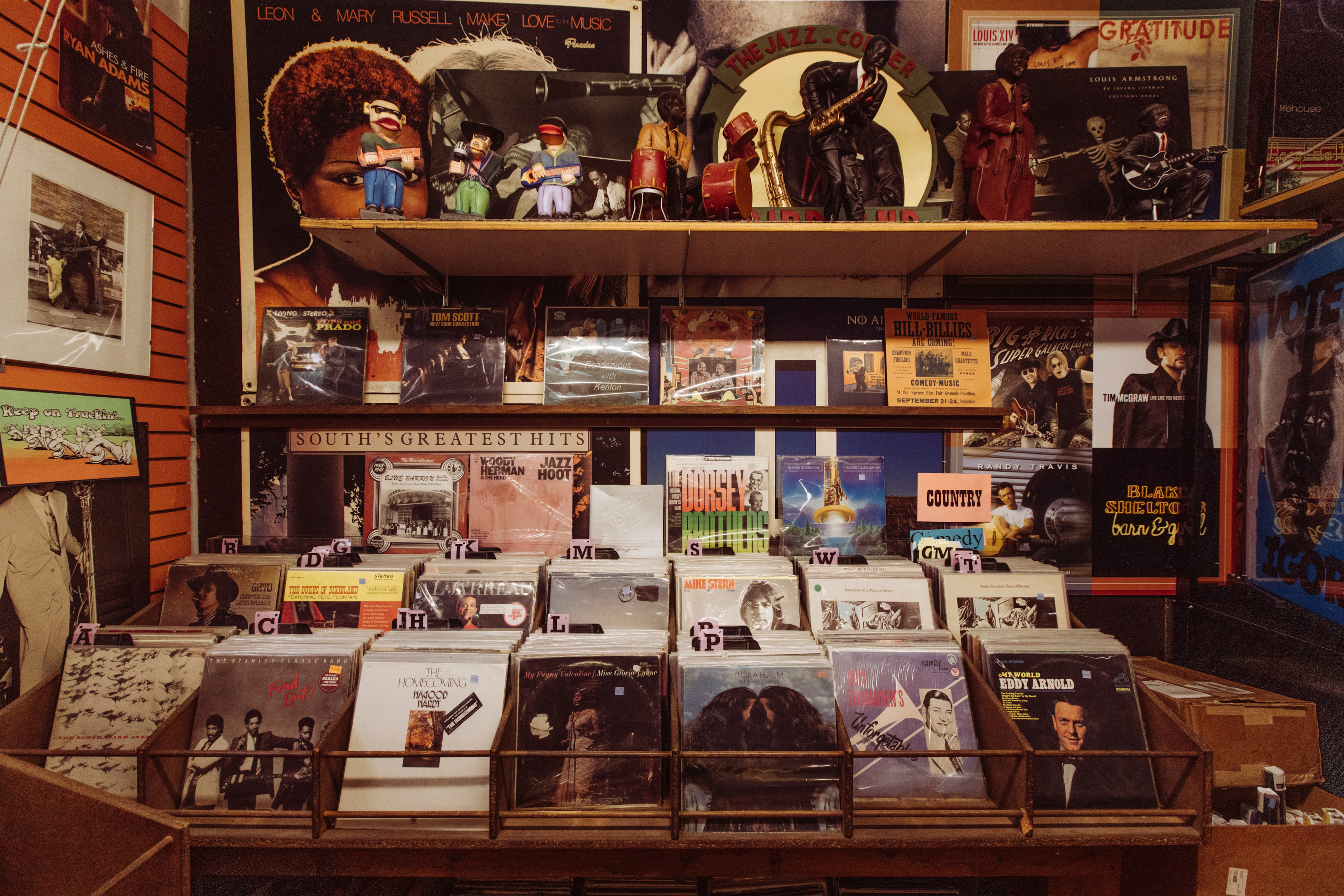
Highlight any unique features, such as limited edition pressings or rare cover art, and be transparent about any flaws or playback issues that may affect the record's value.
Conclusion
Bring your vintage vinyl back to life and keep the good times spinning! By following our groovy tips, you'll not only preserve their cultural charm but also maintain their value.
Treat your record collection with love, and it'll reward you with endless musical memories, all while staying in tip-top shape for years to come. So, let's rock 'n' roll and keep the vinyl magic alive!
